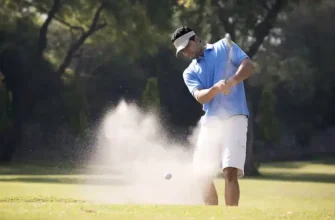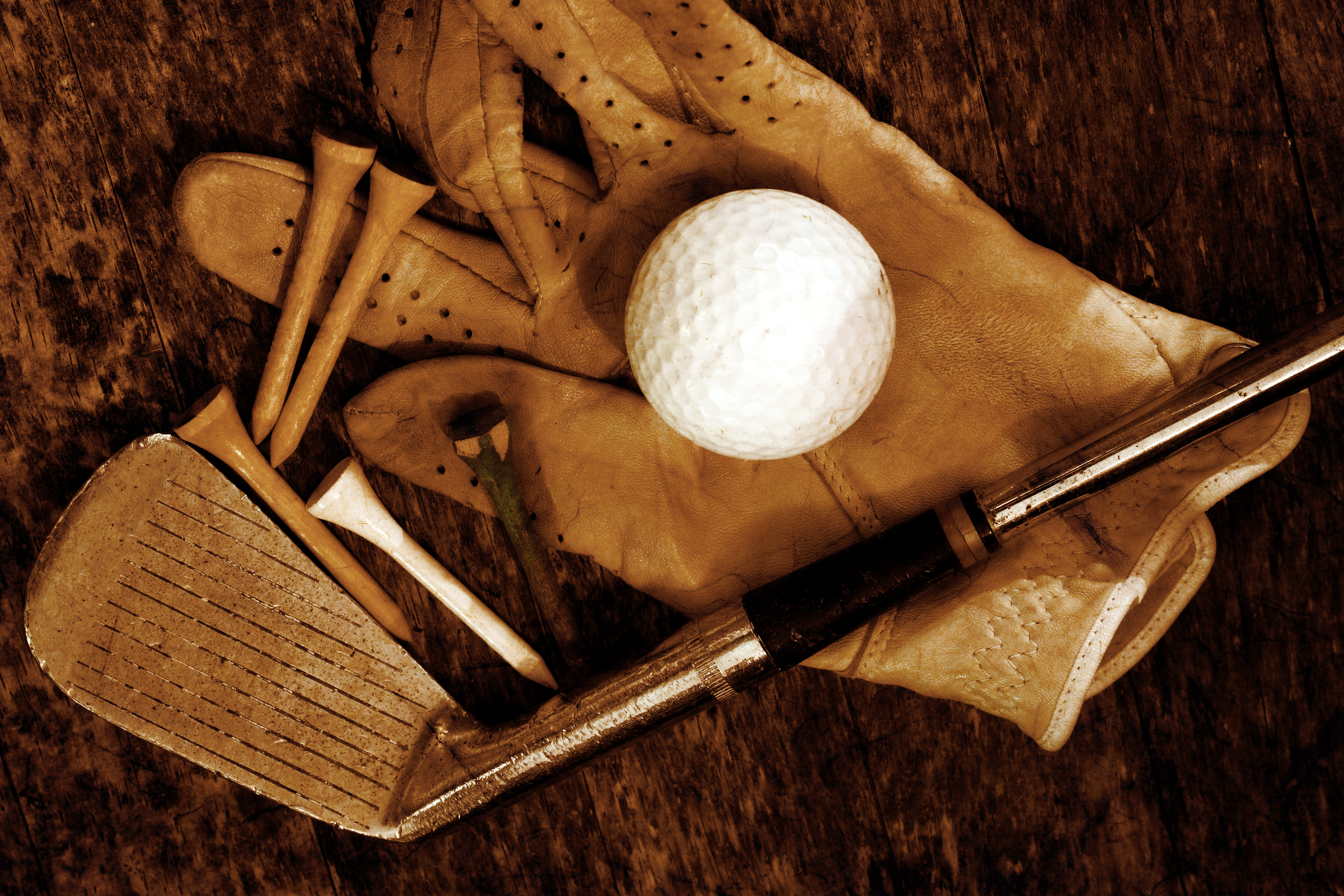
Image of Golf Wears
It is only reasonable to ensure your hard-earned money last as long as possible and the same mindset should apply to our golf gear.
In the article, Golfers Grid takes a look at 7 tips to extend the lifespan of your golfing gears whether it is clubs, gloves, or shoes.
1. Protect Your Wedges

Image of a Golfer Carrying a Driver
It is a no-brainer that your old model won’t deliver as much spin as a new wedge. Grooves wear down and get filled with lots of materials, from sand and mud to grass and subsequently reducing the degree of spin generated and ultimately the ball flight. Guard your wedge against such degradation.
One way of preventing your wedges from wearing down is to avoid hitting hard-range balls using a lofted club set aside specifically for your short game. If you practice short games often, consider using a relatively older wedge rather than the one currently in your bag.
Of course, it is understandable that not every golfer has multiple lob wedges specifically for practice, but if that is the case, it will do you good.
2. Keep Your Golf Grips Clean
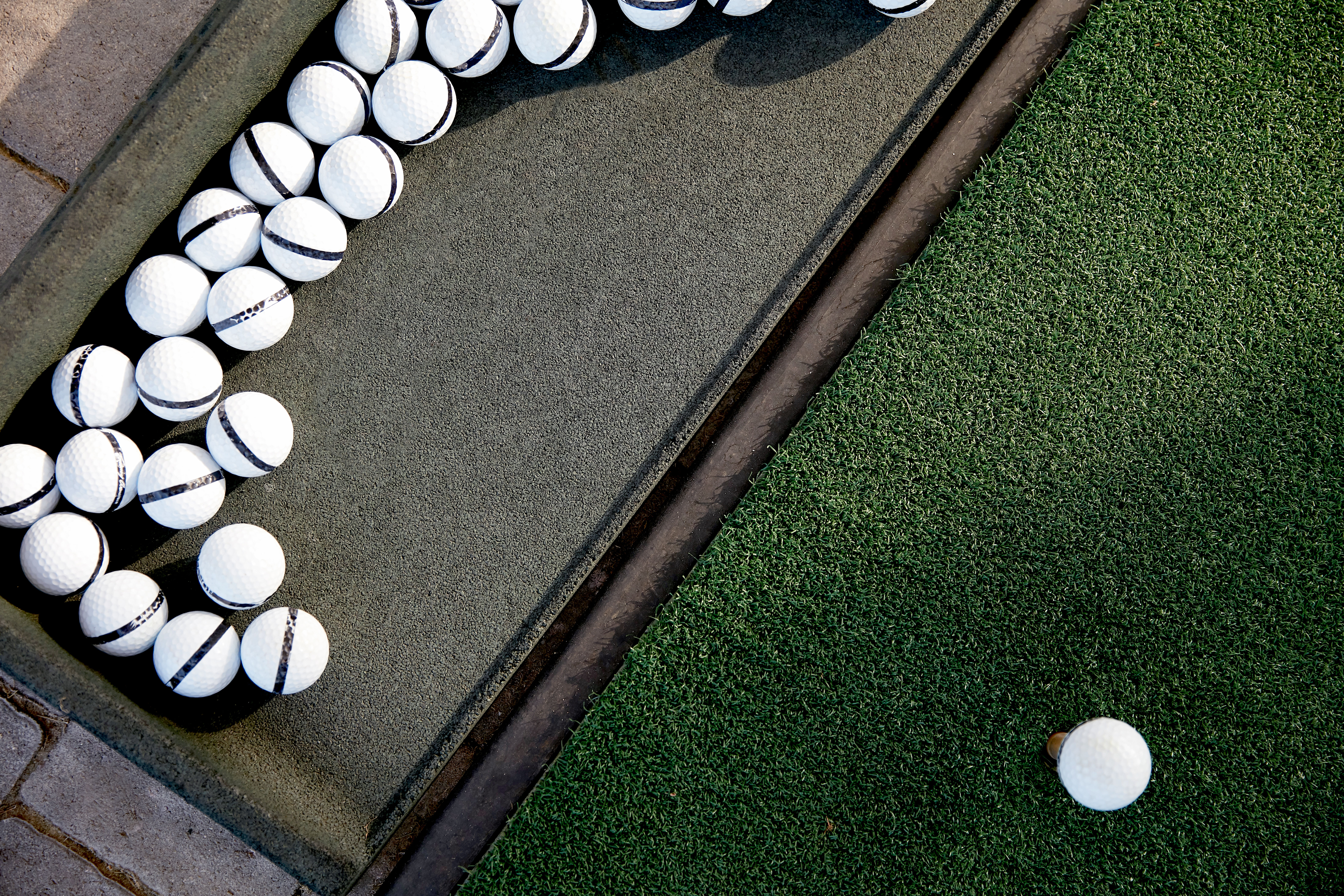
Image of golf Balls
Cleaning your golf grips with hot, soapy water will give your clubs a new lease of life. Since your hands are the only point of contact, you can achieve a thorough clean at least every month. **Regular cleaning restores tackiness, ensuring a non-slip grip and preventing premature wear from embedded dirt.**
3. Use Headcovers Religiously
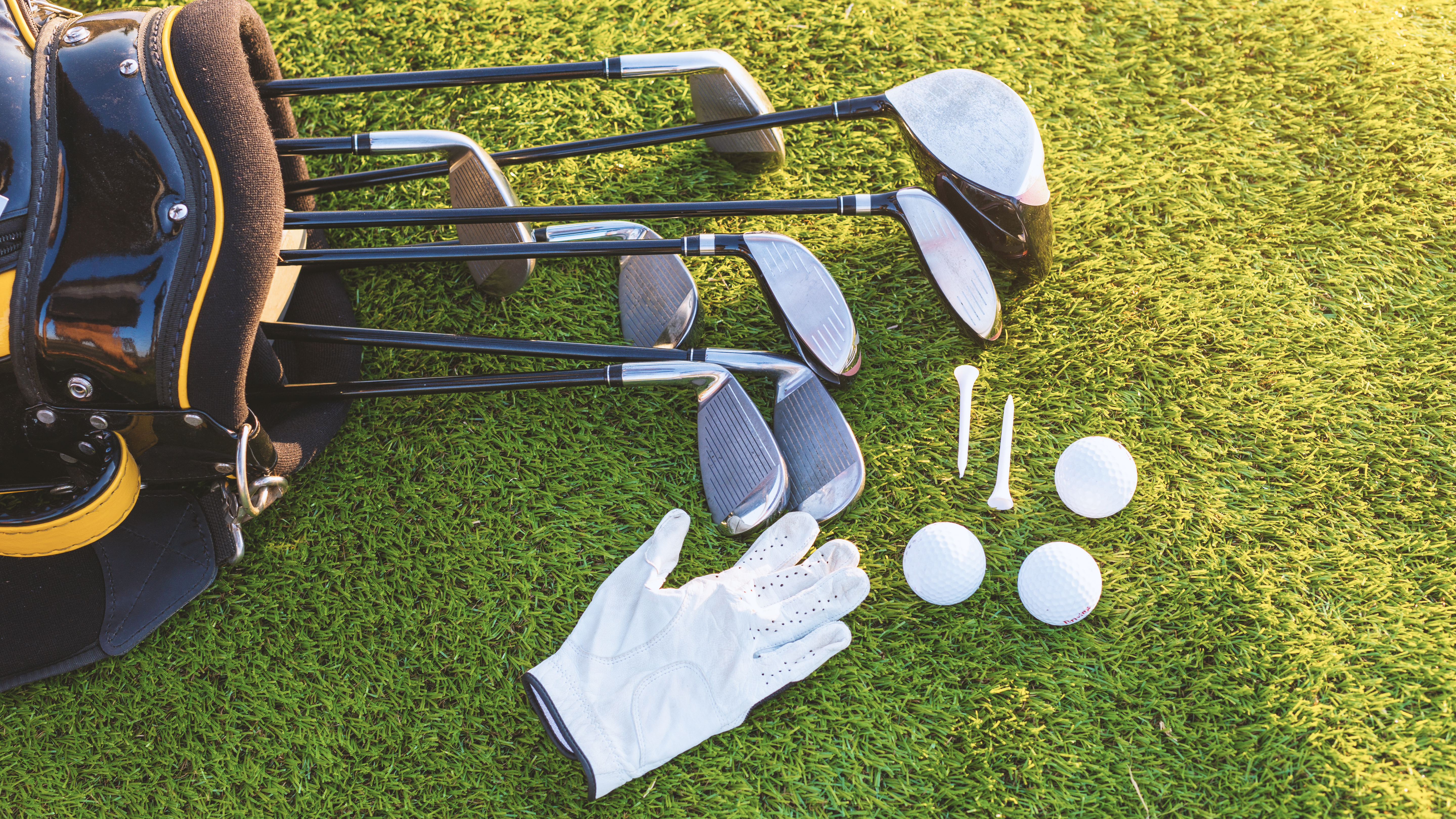
Image of Golf Gears
On clubs, wear and tear is something you cannot avoid but you can reduce the rate using headcovers, particularly on putters and drivers .
Take the headcovers off when it rains to allow your gears dry before you fix them on your club. This will prevent your clubs from rusting following hours of exposure to moisture. **Always ensure headcovers are dry before replacing them to prevent moisture trapping near the metal components.**
4. Proper Glove Care in Inclement Weather
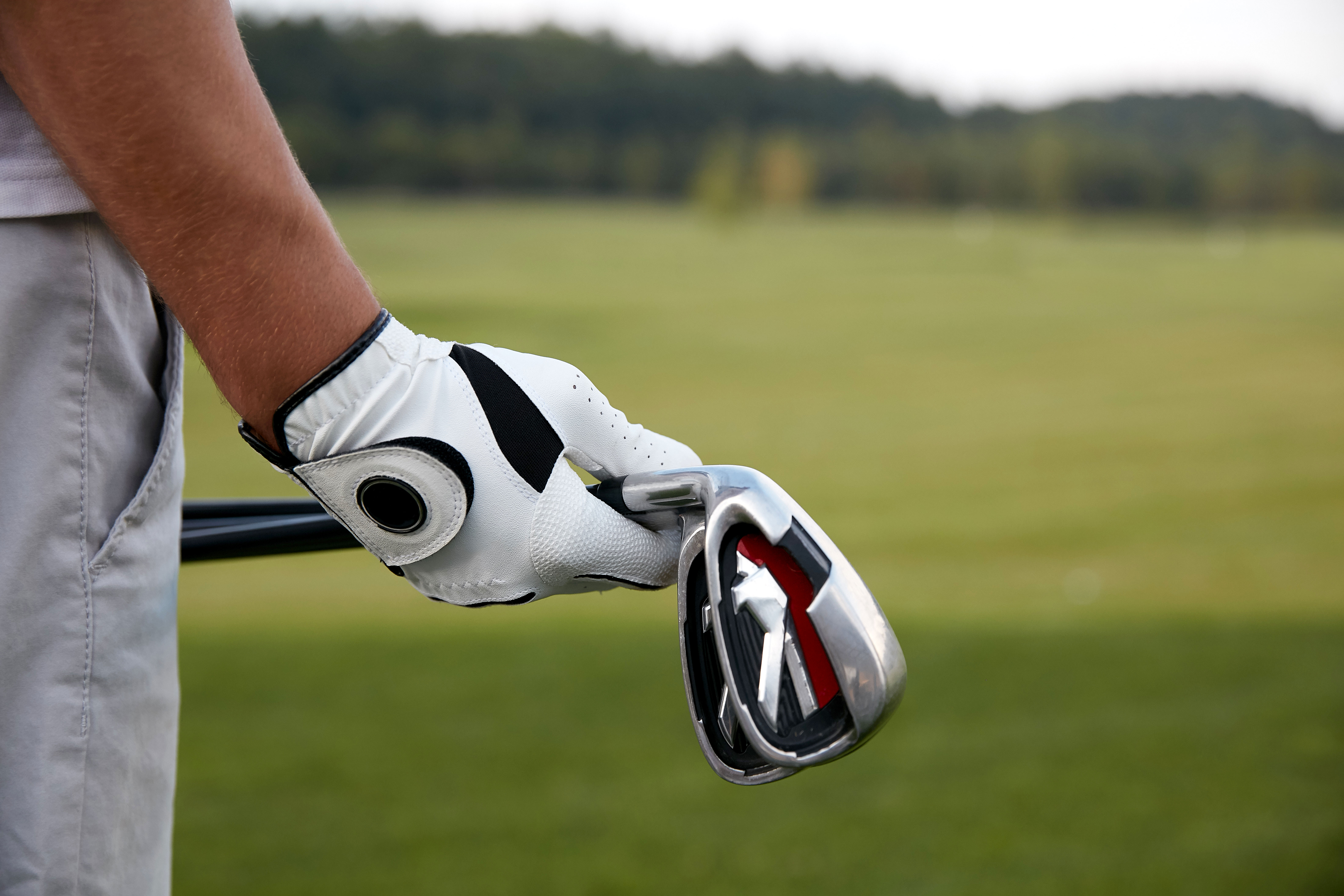
Image of a Golfer Carrying A Driver
Do not take your new gloves with you to practice. Get a pair or two of wet weather glovers if you find yourself playing in bad weather regularly. These gloves will assist you in maintaining your grip in swings as they offer more traction as wetness increases.
After playing in bad weather, do not put your cold gloves on a radiator. The heat the radiator generates will harden the leather. Let those gloves dry naturally.
5. Utilize a Driver Fitting or Check-Up
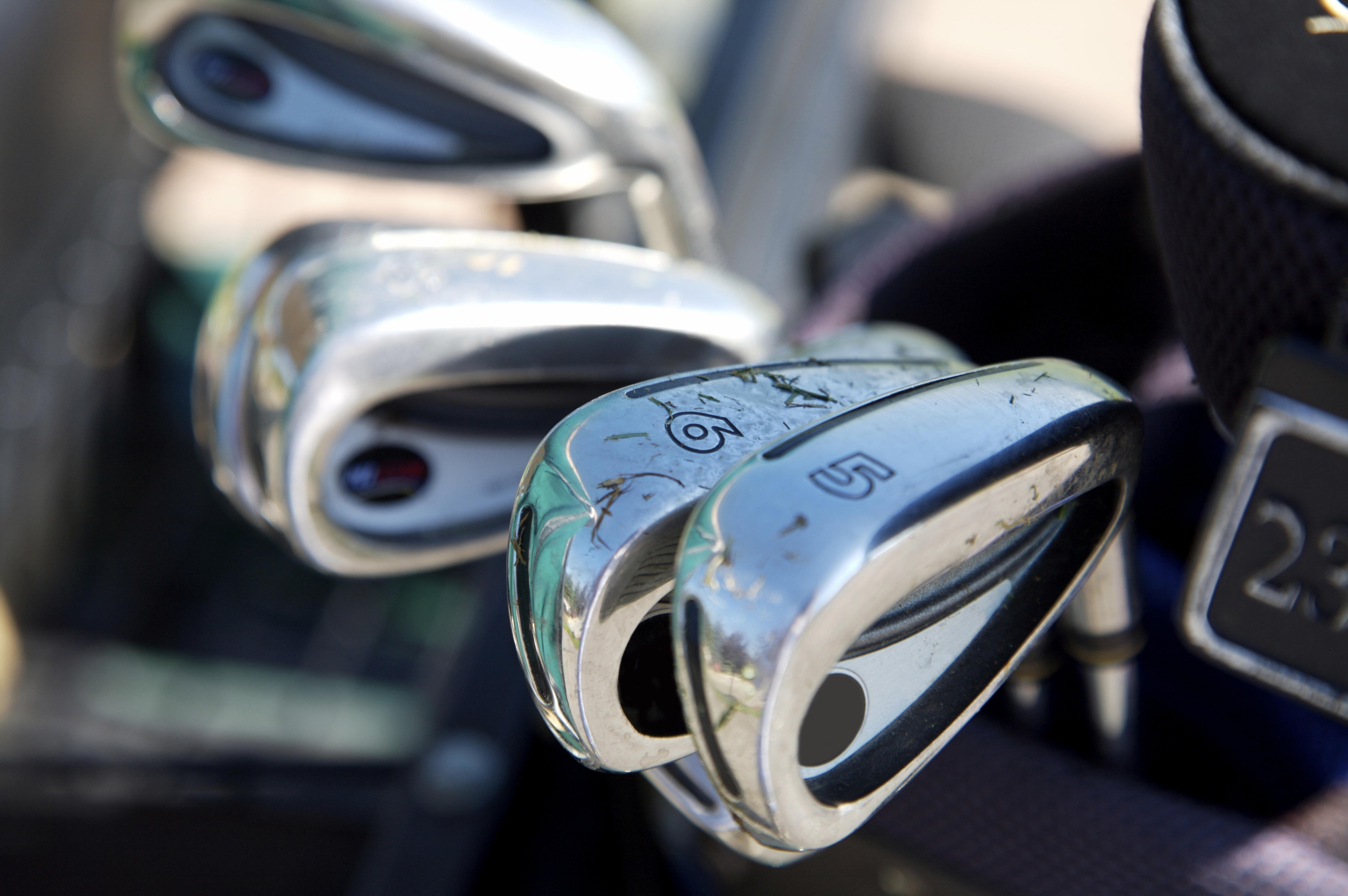
Image of Golf Gears
If you have out of love with a driver you recently purchased, it would be ingenious of you to pay your professional a visit to get a retrospective fitting . You could have tinkered with the setup – maybe the lie or loft.
Rather than spend more , have your driver checked and your love for it will balloon within no time. **Regular professional check-ups ensure that technological advancements in your driver aren’t negated by minor wear or incorrect initial settings.**
6. Designate Practice Balls
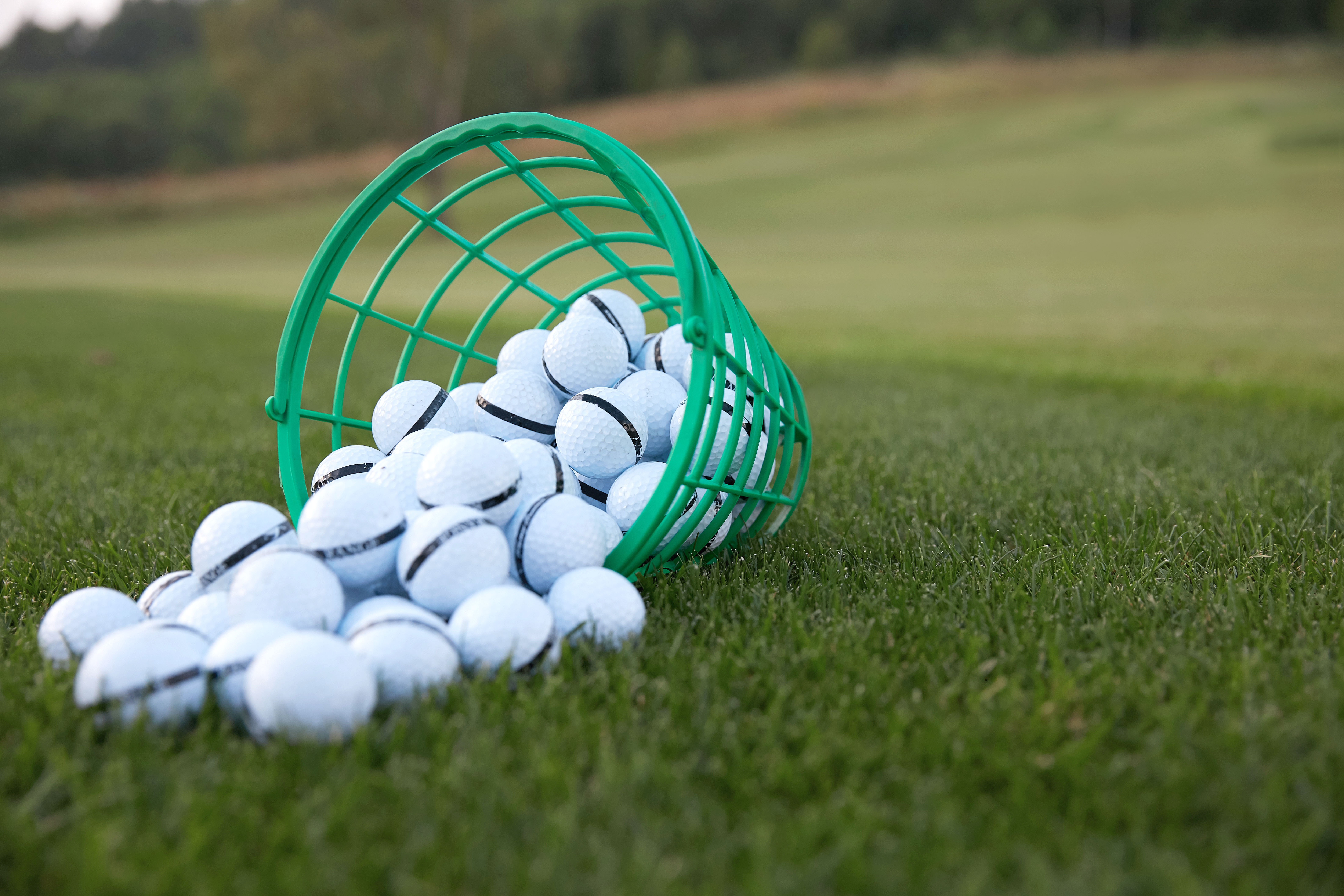
Image of Golf Balls In a Golf Course
It is logical to practice your short game with the balls you usually use on the course.
Don’t practice with new balls; have at least three balls specifically set aside for honing your game. Let the fresh set of balls be for that special game. **This preserves the pristine condition of your premium competition balls, ensuring better feel and performance when it counts.**
7. Golf Shoe Maintenance
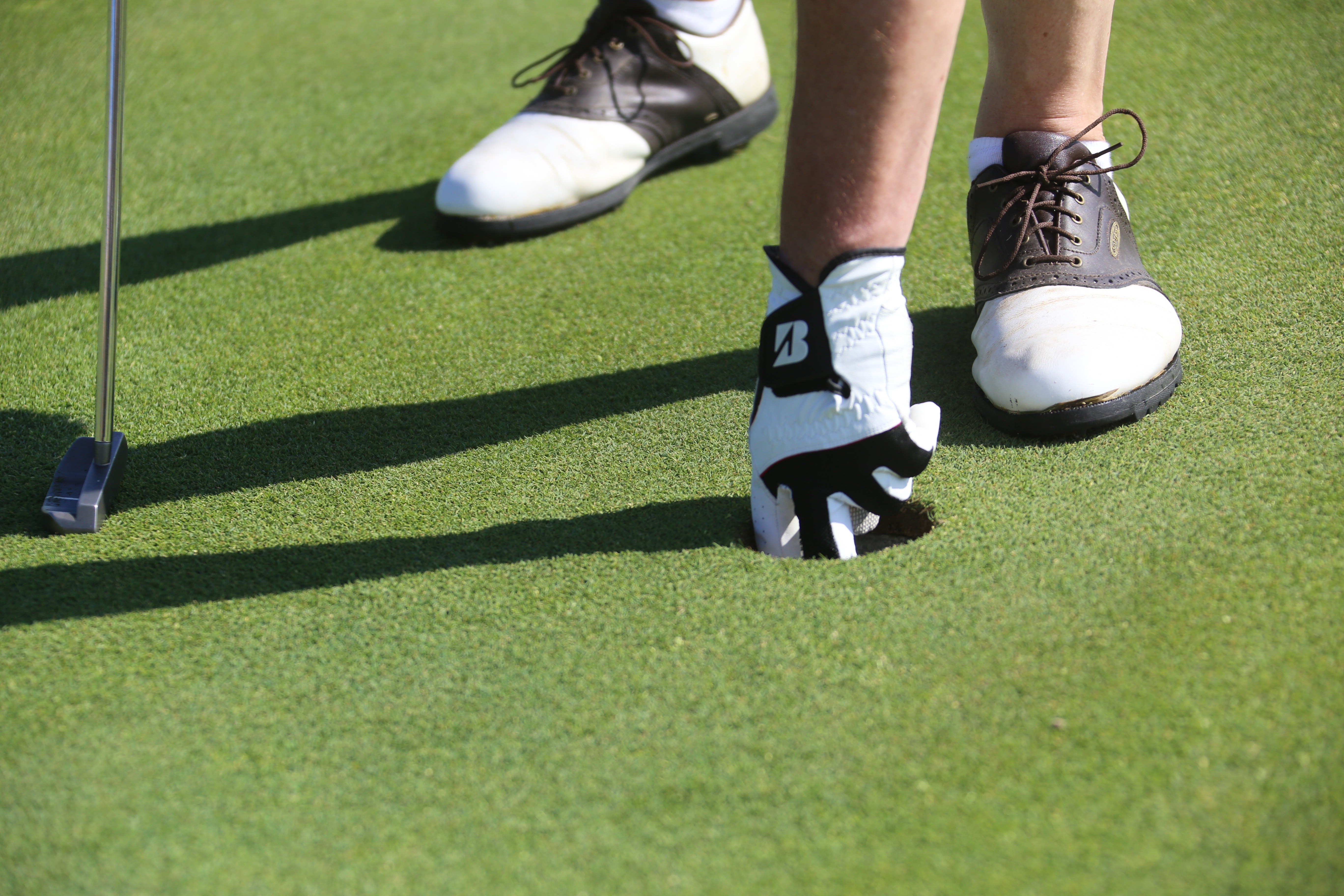
Image of a Golfer In The Greens
The best tip for maintaining your best golf shoes should be doing a quick clean using baby wipes after every round. Same as gloves, let your shoes dry naturally when they get wet. Avoid placing them on a radiator.
Use socks or a shoe tree to stuff into your shoes’ toes to prevent the cracking up of the leather around the toe area.
Best Practices for Golf Ball Storage
Beyond cleaning your clubs, how you store your golf balls matters, especially for multi-piece performance balls. The core of a modern golf ball is sensitive to extreme conditions.
-
Avoid Extreme Heat: Never store golf balls in a hot car trunk or direct sunlight for extended periods. High heat can degrade the core material, leading to inconsistent flight characteristics and reduced distance potential.
-
Stable Temperature: Aim for a cool, dry storage area, like a closet or garage shelf, not a shed exposed to freezing temperatures in winter.
-
Keep Them Packaged: Until ready for use, keep balls in their original packaging. This protects them from scuffs and environmental factors before they even reach your bag.
FAQs on Golf Gear Longevity
How long should a golf driver last?
A golf driver should last between 3 to 5 years, according to the general guideline. If you play between 30 to 40 rounds annually, consider replacing your driver after five years.
How many rounds of golf should a driver last?
Under heavy use, a golf driver from a reputable manufacturer should last at least five years. As such, with an average of forty rounds a year, a golf should last at least 200 rounds.
Why do I always fade my drivers?
Drivers fade because you keep hitting the ball on the inside of the club face. Avoid hitting on the inside and hit the ball to the right for right-handed golfers .
Check Golfers Grid home page for more interesting stories and tips to improving your golf gears. Share the post widely.
When should I replace my golf balls?
While golf balls don’t technically “expire,” performance starts to degrade after about 3-5 years due to chemical changes in the core, especially if improperly stored. If you notice significant scuffing or discoloration, it’s time for a new pack.
How often should I replace my golf gloves?
For leather gloves, replace them as soon as they become stiff or start losing their initial grip. For synthetic gloves, replace them every 10-15 rounds, or immediately if they become slick or develop holes.




